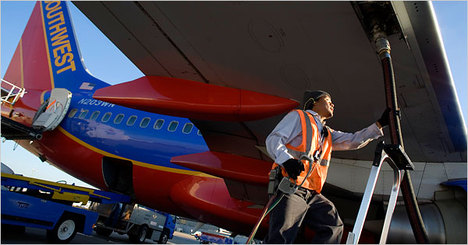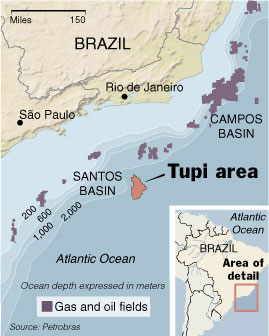 Source of book image: http://a1055.g.akamai.net/f/1055/1401/5h/images.barnesandnoble.com/images/13180000/13180098.JPG
Source of book image: http://a1055.g.akamai.net/f/1055/1401/5h/images.barnesandnoble.com/images/13180000/13180098.JPG
(p. D5) In survey after survey, American voters say that they care about global warming, but the subject ranks quite low when compared with other concerns (e.g., the economy, health care, the war on terror). Even when Mr. Gore’s Oscar-winning film, “An Inconvenient Truth,” was at the height of its popularity, it did not increase the importance of global warming in the public mind or mobilize greater support for Mr. Gore’s favored remedies–e.g., reducing greenhouse-gas emissions by government fiat. Mr. Gore may seek to make environmental protection civilization’s “central organizing principle,” as he puts it, but there is no constituency for such a regime. Hence even the Democratic Party’s presidential candidates, in their debates, give global warming only cursory treatment, with lofty rhetoric and vague policy proposals.
There is a reason for this political freeze-up. In “Break Through,” Ted Nordhaus and Michael Shellenberger argue that Mr. Gore and the broader environmental movement–in which Mr. Gore plays an almost messianic part–remain wedded to an outmoded vision, seeing global warming as “a problem of pollution to be fixed by a politics of limits.” Such a vision may have worked in the early days of environmentalism, when the first clear-air and clean-water regulations were pushed through Congress, but today it cannot mobilize enough public support for dramatic political change.
What is to be done? Messrs. Nordhaus and Shellenberger want to replace the pollution paradigm with a progressive one. They broached this idea in “The Death of Environmentalism,” a controversial 2004 monograph that ricocheted around the Internet. “Break Through” gives the idea a fuller exposition and even greater urgency. The authors contend that the environmental movement must throw out its “unexamined assumptions, outdated concepts, and exhausted strategies” in favor of something “imaginative, aspirational, and future-oriented.”
For the full review, see:
JONATHAN H. ADLER. “BOOKSHELF; The Lowdown on Doomsday.” The Wall Street Journal (Tuesday, November 27, 2007): D5.
















 Source of graph: online version of the NYT article quoted and cited below.
Source of graph: online version of the NYT article quoted and cited below.